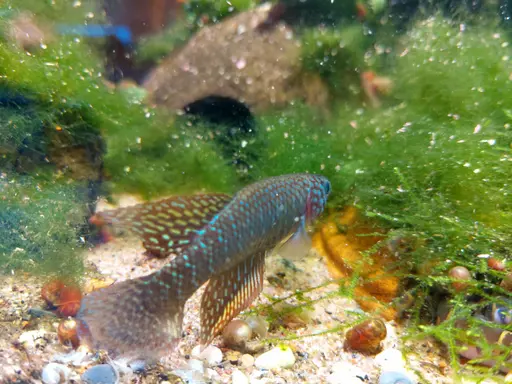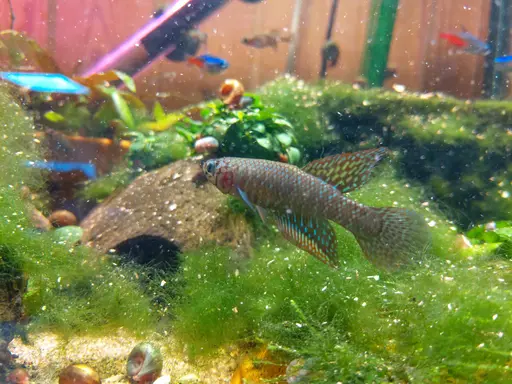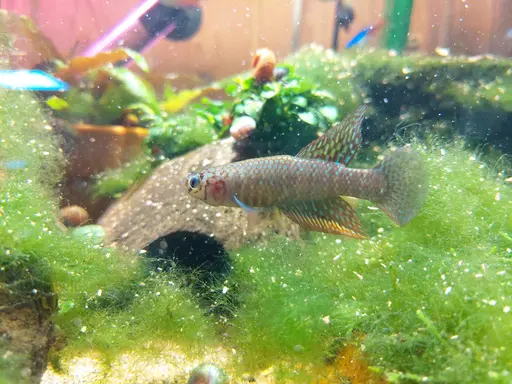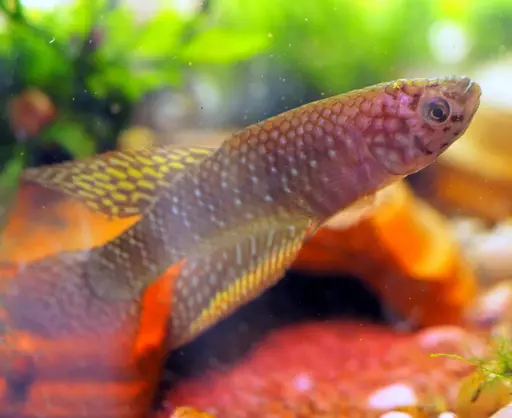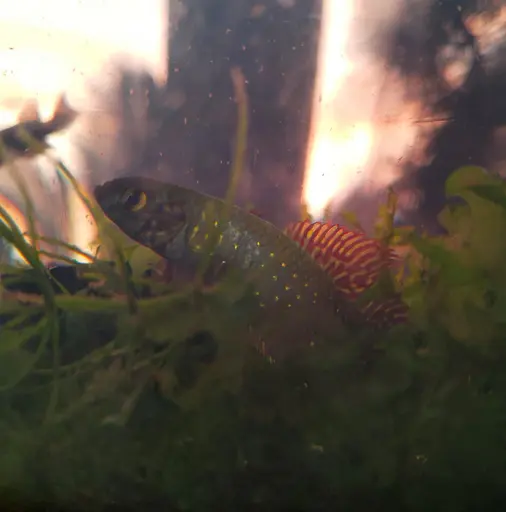Nematilebias papilliferus on yksi kolmesta Nematolebias-suvun lajista (catimbau, papilliferus ja whitei). N. whitei:n suomenkielinen nimi on viiriviuhkaevä, ja niinpä N. papilliferusta voi epävirallisesti kutsua maricánviiriviuhkaeväksi, koska se elää Maricán laguunin (Lagoa de Maricá) vesistöalueella.
Nematolebias papilliferus is one of three species belonging to the genus Nematolebias. The other species being catimbau and whitei. N. papilliferus hails from the area of Lagoa de Maricá (Maricá lagoon), not far from the actual city of Rio.
Kaikki Nematolebias-lajit ovat Rio de Janeiron osavaltion rannikolta. N. papilliferus on ihan Rion kaupunkiseudulta (30 km Copacabanan rannalta), Maricán laguunin alueelta. N. catimbau on idemmältä sijaitsevalta Saquareman laguunin alueelta. N. whitei on Araruaman laguunin alueelta ja on sympatrinen rihmaviuhkaevän (joulukuun laji) kanssa. Kaikki Nematolebias-lajit ovat äärimmäisen uhanalaisia. Niiden elinympäristöt sijaitsevat tiheästi asutulla Rio de Janeiron osavaltion rannikolla, ja siksi suurin osa on jo tuhoutunut.
All Nematolebias species are from the coastal areas of the state of Rio de Janeiro. N. papilliferus is closest to the city of Rio (only 30km from Copacabana beach), from the area of Maricá lagoon. N. catimbau is found a bit to the east, in the basin of Saquarema lagoon. N. whitei is further to the east, from the area of Araruama lagoon, where it occurs sympatrically with Ophthalmolebias constanciae (December's spotlight). All three species are critically endangered. Occurring on the densely populated coast of Rio de Janeiro, their habitats have been largely destroyed.
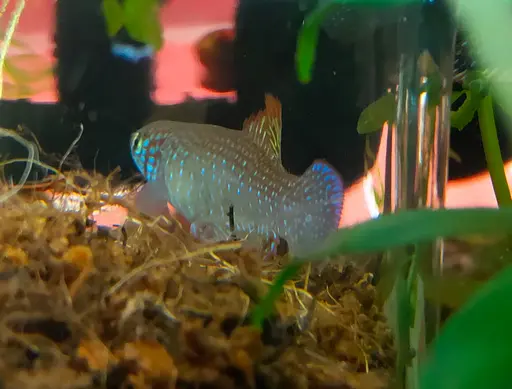
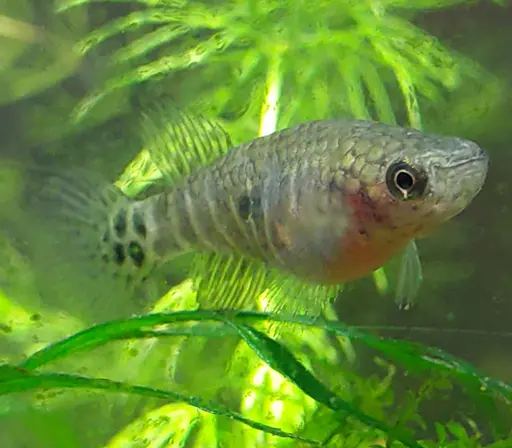
Killiharrastuksessa ja akvaariossa N. papilliferus (sekä muut Nematolebias-lajit) on varmaan helpoin kausikilli, ja yksi helpoista killilajista. Se on uskomattoman tuottelias laji. Vastakuoriutuneet poikaset ovat melko suuria ja helppoja ruokkia. Toisin kuin muiden kausikillien poikaset, N. papilliferus -poikaset syövät mielellään hienoksi jauhettua kuivaruokaa heti kuoriutumisen jälkeen. Eivät poikaset eivätkä aikuiset ole nirsoja lainkaan, kaikenlainen kuiva- ja pakasteruoka kelpaa hyvin. Elävää ruokaa silti on tärkeää tarjota välillä, varsinkin poikasille.
In the killifish hobby and the home aquarium N. papilliferus (and its sister species) is probably the easiest annual killie to grow, keep and breed. It is an incredibly prolific species. Fry are relatively large when hatching, and easy to care for. Unlike the newly-hatched fry of other annuals, papilliferus-fry readily accept finely ground dry food. Neither fry nor adults are picky eaters, and would take any live, frozen or dry food that they can fit in their mouths. Live foods are still important to offer, especially to the young.
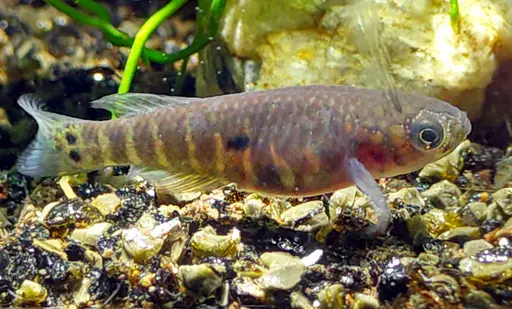
Males are very colorful with dark red base color, overlayed with stripes and dots of blue, green and yellow. Dorsal and anal fins are elongated and particularly colorful.
Koiraat ovat hyvin värikkäitä tummanpunaisine perusväreineen. Perusvärin päällä sinisiä, vihreitä ja keltaisia raitoja ja täpliä. Selkä- ja peräevä ovat huomattavasti naaraiden eviä pidempiä ja erityisen värikkäitä.
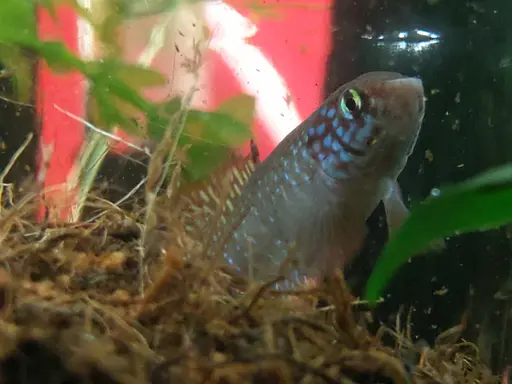
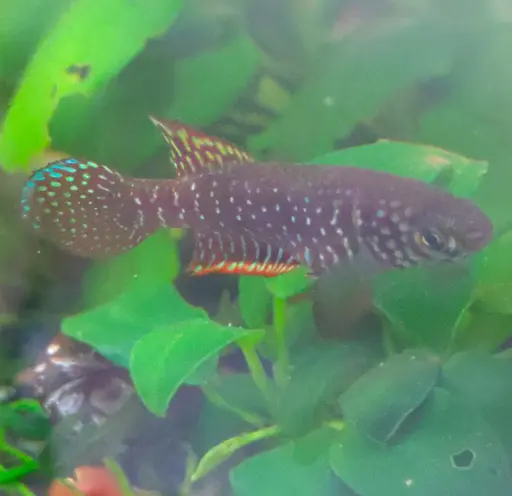
As with other killies, female is much less colorful. But females of this species have a nice zebra-like striping on the sides of the body that changes into several dark spots at the base of the caudal fin.
Kuten muutkin killit, naaraat ovat perusväriltään vaatimattomia. Silti tämän lajin naarailla on seepramaisia raitoja sivuilla ja pyrstön varressa tummia täpliä.
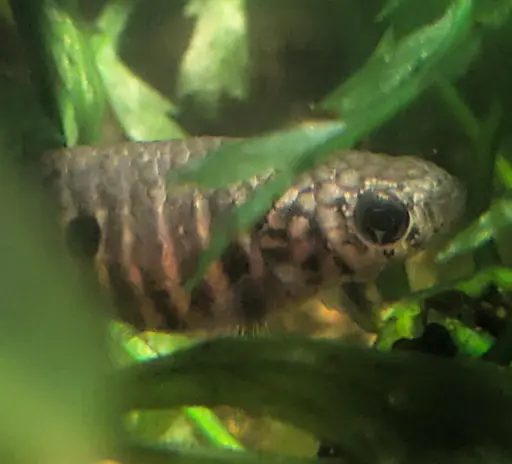
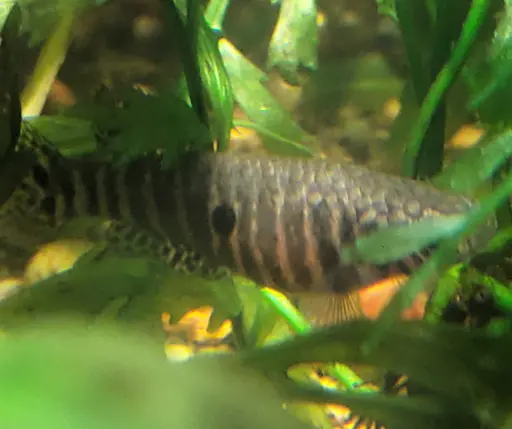

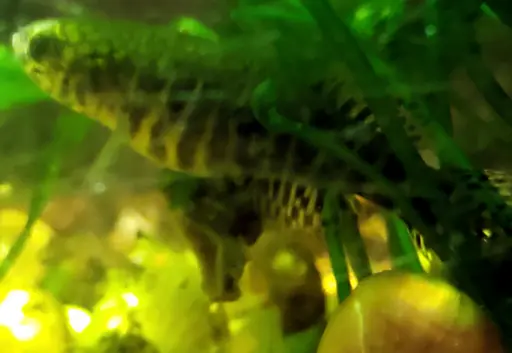
Finally, some older images from 2019–2020.
Lopuksi muutamia kuvia vuosilta 2019–2020.
